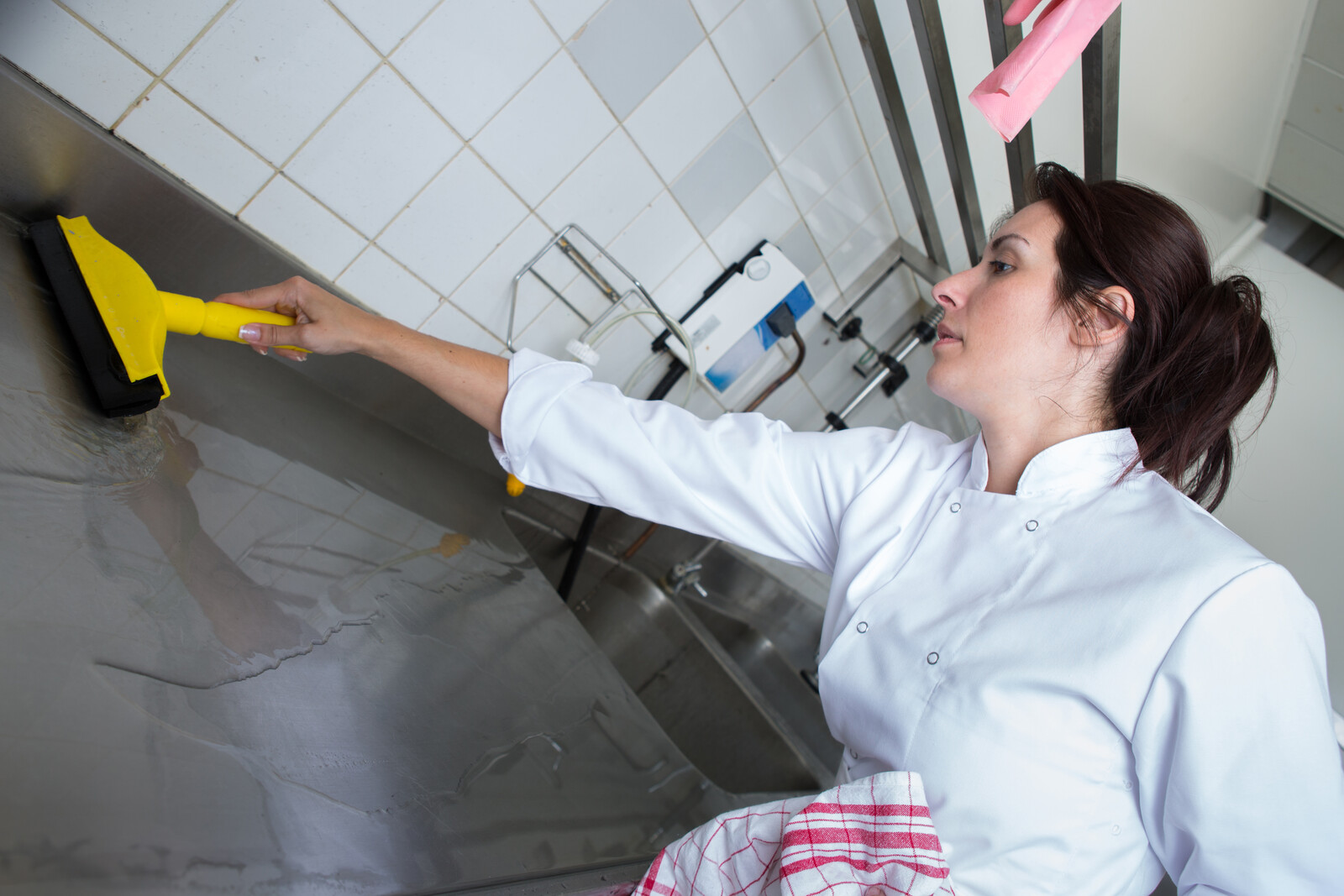According to the National Restaurant Association, restaurant sales are projected to reach an astounding $997 billion in 2023. This booming industry is not without its challenges, however, and the stakes involved in restaurant operation are very high. Food safety is not just a regulatory requirement; it’s the cornerstone of customer trust and brand reputation. When your company serves people food, you literally hold both their health and your livelihood in your hands. Consider some stats:
- The U.S. Centers for Disease Control and Prevention (CDC) estimates that 1 in 6 Americans fall ill due to contaminated food or beverages each year, leading to 3,000 deaths.
- The U.S. Department of Agriculture (USDA) recently put the cost of foodborne illnesses at over $17B annually.
- A 2018 study from Johns Hopkins University further underscores the financial risk to businesses, suggesting that a single foodborne outbreak could cost a restaurant millions of dollars in lost revenue, legal fees, and more.
Listeria is a foodborne bacterium that can cause severe illness, and it is of particular risk to people over 65, pregnant women, and those with compromised immune systems. A 2023 listeria outbreak in the Seattle area serves as a cautionary tale for multi-unit restaurant operators. Poorly cleaned ice cream machines at a restaurant chain location were identified as the source of the outbreak, which led to three deaths and several hospitalizations. Underscoring the critical importance of rigorous food safety measures, the Seattle case serves as a stark reminder that food safety is not just a regulatory requirement but a critical component of brand integrity and customer trust. One lapse can have devastating consequences, both human and financial. Digital field assessment and task management tools play a pivotal role in preventing such outbreaks by ensuring that all units in a chain are adhering to the same high standards of food safety.
Essential Food Safety Practices
Food safety is a multi-faceted endeavor that requires a comprehensive approach. The list is virtually endless, but here are five basic practices that every restaurant must train employees on, employ, and monitor without fail:
- Hand Hygiene: The importance of proper handwashing cannot be overstated. It’s the first line of defense against cross-contamination, one of the leading causes of foodborne illness. Staff should be trained to wash their hands at regular intervals, always before handling food, and after touching any potentially contaminated surfaces.
- Cleaning and Sanitizing: All food contact surfaces, including cutting boards, utensils, and food storage containers, must be cleaned and sanitized regularly to prevent bacterial growth. Employees should never be idle at work. If their other duties have been completed, they can use the extra time to clean.
- Food Storage: Proper food storage is about more than just keeping food fresh; it prevents the growth of harmful bacteria that can lead to foodborne illnesses. Implementing a First-In, First-Out (FIFO) system ensures that older stock is used before newer stock, maintaining food freshness and minimizing waste. Digital tools automate the labeling process, making it easier to track inventory and ensure FIFO compliance.
- Food Temperature Monitoring: The “danger zone” for bacterial growth is between 40°F and 140°F. Food should never be left out in this temperature range for extended periods. Digital temperature monitoring systems provide real-time alerts, allowing for immediate corrective action. These systems are particularly useful in multi-unit operations where consistency across locations is crucial.
- Pest Control: Pests like rodents and insects can contaminate food supplies quickly, and their presence is a clear violation of food safety regulations. A robust pest control program is essential for any food service establishment.
Five Ways to Assess Your Current Food Safety Protocols
An inventory of the current situation based in fact, not emotion, is always the first step to improving any business process and food safety procedures are no exception. Below are five steps every restaurant should take to minimize their risk.
- Conduct Regular Audits: Frequently scheduled internal and external audits provide a snapshot of your current food safety practices. These audits should cover all aspects, from food handling and storage to employee hygiene and equipment maintenance. Digital field assessment tools like AuditApp by MeazureUp streamline and optimize this process.
- Employee Feedback and Training Evaluations: Employees are on the front lines and often have valuable insights into the practicality and effectiveness of existing food safety protocols. Regular feedback sessions and training assessments provide additional perspectives that may not be captured in formal audits.
- Data Analysis: Take advantage of data analytics to assess the effectiveness of your food safety measures. This can include tracking incidents of foodborne illnesses, customer complaints, and internal non-compliance issues. Advanced analytics can provide insights into patterns and trends, helping to predict potential issues before they become critical.
- Equipment Maintenance and Calibration: Even a slight deviation in temperature can lead to bacterial growth and food spoilage. Prevent this with regular maintenance checks on refrigerators, freezers, ovens, and other critical equipment to ensure they are operating within safe parameters. Digital tools support these manual checks, sending alerts for scheduled maintenance or if equipment readings fall outside of safe ranges.
- Customer Feedback: Customers are quick to report any perceived lapses, from undercooked food to potential cross-contamination issues. Monitoring customer feedback platforms and conducting periodic surveys can provide valuable insights.
By combining these methods, restaurants can identify gaps, implement corrective actions, and maintain a culture of food safety that protects both their customers and their brand.
Leveraging a Digital Advantage to Improve Food Safety
Digital tools offer the competitive edge that multi-unit restaurant owners and operators need to provide a reliable, consistent brand experience that encompasses food safety, builds brand loyalty, and increases revenue. Real-time temperature monitoring systems send immediate alerts if food storage temperatures fall outside safe ranges, enabling quick corrective actions that can prevent a foodborne outbreak. Data analytics tools sift through large volumes of data to identify patterns and trends, sharing of food safety data among senior managers and providing actionable insights that can preemptively address potential issues. For instance, if a particular food item consistently registers temperature fluctuations, it might indicate a problem with the storage equipment. Automated alerts make managers aware of the issue, enabling them to schedule preventative maintenance. That proactive response might be the difference between a repair bill and a lawsuit. Digital task management tools automate routine checks, increasing employee accountability and ensuring that critical safety tasks are never overlooked.
In an industry where margins are thin and competition is fierce, food safety is not a corner you can afford to cut. By implementing a robust food safety program and leveraging the power of digital tools, multi-unit restaurant chains can protect their brand, ensure customer safety, and safeguard their bottom line.
Ready to elevate your food safety measures? Schedule a demo of MeazureUp and discover how our digital field assessment and task management tools can revolutionize your approach to food safety.



